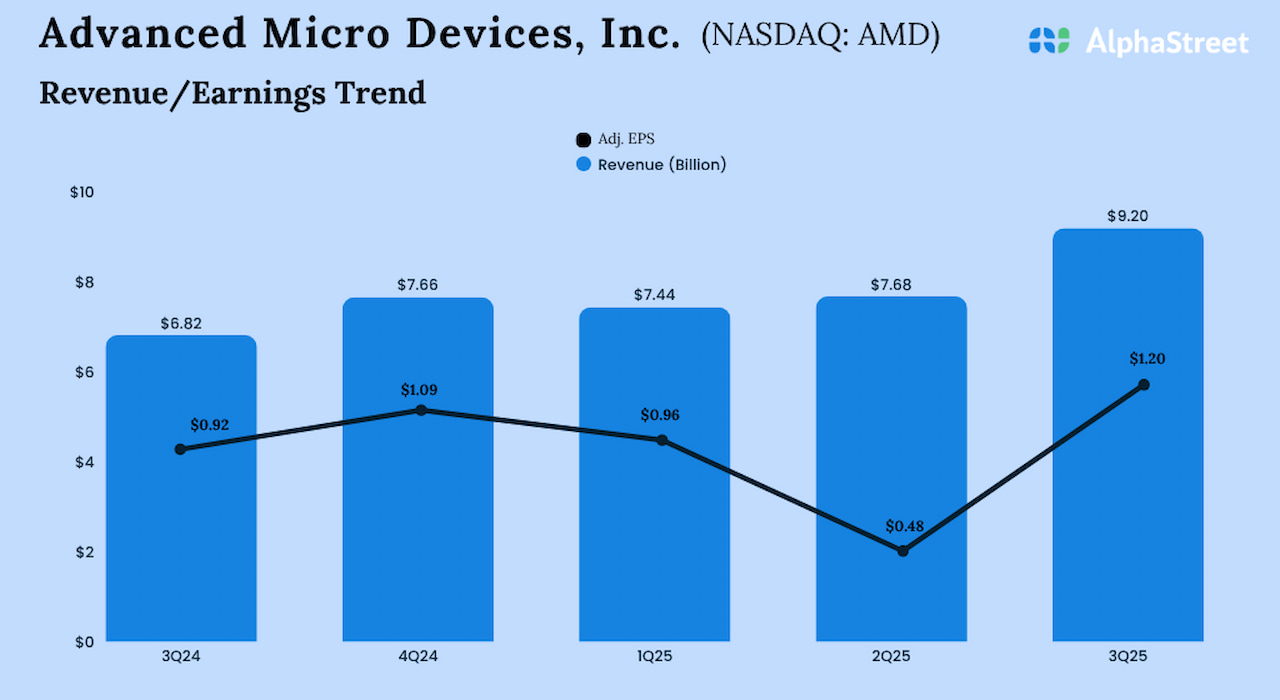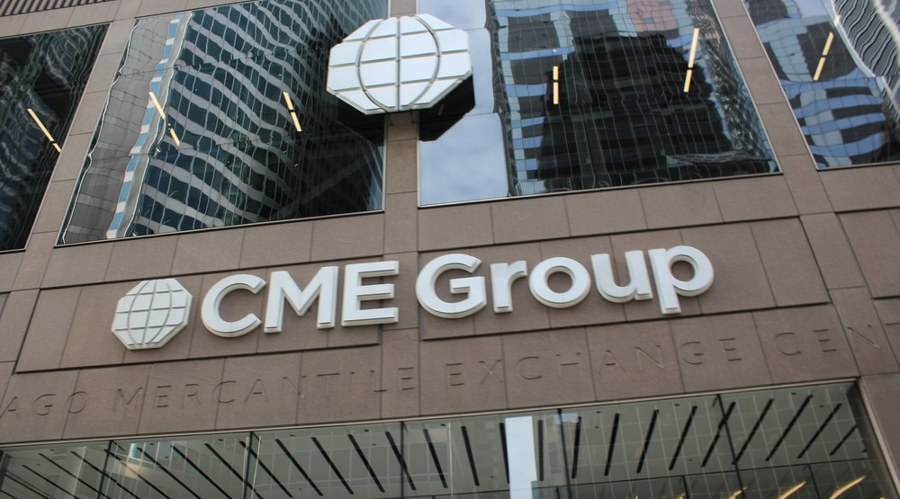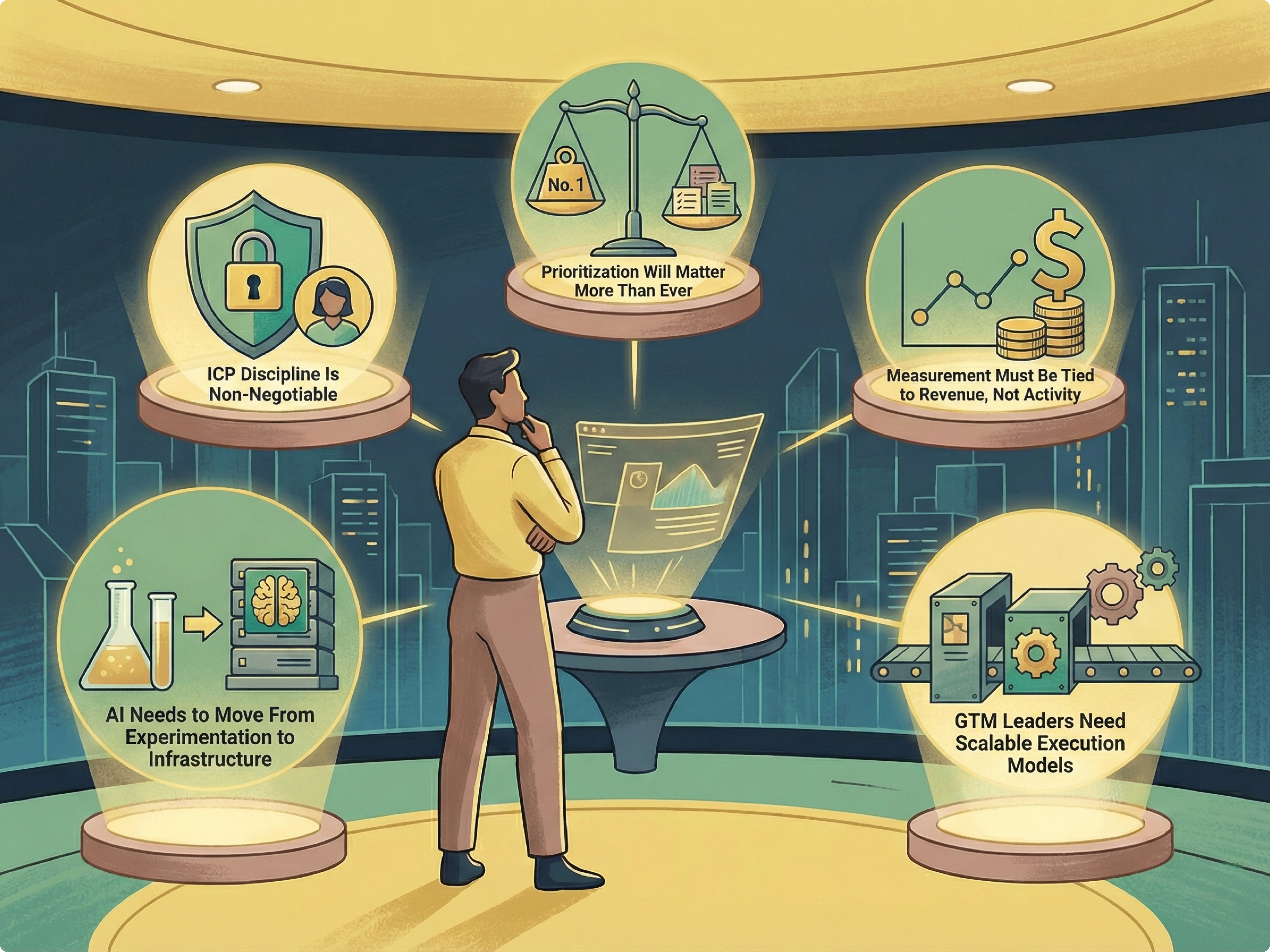Highlights:
Global product classification (HS codes) is a bottleneck due to its complexity (varying country-specific digits) and the time-consuming nature of manual processes.
Disparate ERP systems and fragmented product data across organizations significantly hinder efficient and accurate classification, especially after acquisitions.
Traditional, manual classification methods are inefficient, fail to learn from historical data, lack confidence indicators, and struggle to keep up with evolving global regulations.
ONESOURCE Global Classification with enhancements offers an intelligent solution, providing instant, confidence-based HS code suggestions by learning from global regulations, industry context, and company-specific data.
Introduction: The classification speed problem
Global trade and compliance professionals know that product classification is both essential and increasingly complex. What should be a straightforward process—assigning the correct Harmonized System (HS) code to a product can be a significant operational bottleneck. The challenge starts at the core: a 6-digit international HS code expands to 8, 10, or even 13 digits depending on the country. Each additional digit reflects regional regulations and product-specific nuances, making manual classification a time-consuming task.
Modern businesses often operate with a patchwork of enterprise resource planning (ERP) systems, such as Oracle, SAP, and even simple spreadsheets, especially after acquisitions. This fragmentation creates further complications, as product information is scattered across platforms. The result? What should take minutes can drag into hours, delaying shipments, increasing compliance risk, and putting global operations at a disadvantage. It may also lead to incorrect tax payments.
The multi-system classification nightmare
Fragmentation is the enemy of efficiency. In many global organizations, each business unit may run its own ERP system, leading to disconnected databases and inconsistent product information. Acquisitions only magnify the problem, as newly acquired companies often bring their own legacy systems and data structures.
For compliance professionals, the first step—discovering the correct range of HS codes for a product—is daunting. Without a unified view, teams must manually search for product details across multiple platforms before even starting the classification process. This “range discovery” is the foundation of accurate classification, but it is slow and error-prone when done by hand.
ERP fragmentation crisis: Multiple, unconnected systems make it hard to gather complete product data.
Acquisition complexity: Merging product databases is rarely seamless, resulting in scattered and inconsistent records.
Range discovery challenge: Finding the starting point for classification requires manual investigation, often with incomplete or conflicting information.
Time drain reality: Teams can spend hours just determining which range of codes to consider for a single product, let alone an entire product line.
Why traditional search methods fail
Relying on manual comparison of product descriptions against the complex and evolving HS schedule is no longer viable. Each country’s regulations add layers of detail, making it nearly impossible to keep up with all the variations.
Traditional methods cannot learn from previous classifications, meaning every new product feels like starting from scratch. Even more concerning, these approaches do not provide any confidence indicators—compliance teams are left guessing whether their chosen code is correct or if further review is needed.
Manual comparison: Human review of product descriptions is slow and prone to oversight.
Country-specific complexity: Local regulatory changes can quickly make existing knowledge obsolete.
No learning from history: Previously classified products do not inform future decisions.
Lack of confidence scores: Teams lack the transparency needed for confident, auditable decisions.
Introducing ONESOURCE Global Classification with AI enhancements
Imagine a system that intelligently suggests product classifications, streamlining the entire process. With innovative upcoming AI enhancements, ONESOURCE Global Classification does exactly this. This new tool lets users get product details and get precise classification suggestions. This greatly reduces manual work and improves accuracy. Currently in beta testing with key customers in the automotive and technology sectors, this assistant is rapidly evolving based on real-world feedback.
Artificial intelligence (AI) is transforming the way companies approach product classification
Instant range identification: AI-powered tools can identify the likely HS code ranges for products in minutes, not hours.
Three-pillar intelligence system:
Regulatory knowledge: The system draws from a comprehensive, always up-to-date database of global trade regulations.
Industry context: For example, the word “disk” can mean a music CD or an automotive brake disk. AI understands the difference by learning from examples, reducing misclassification.
Company-specific learning: The system adapts to your internal terminology and product history, improving accuracy with every use.
Confidence-based recommendations: AI doesn’t just suggest a code; it provides multiple options, each with a probability score and a rationale. This helps compliance professionals make informed decisions.
Similar product recognition: The system can recognize when a similar product has already been classified, saving time and ensuring consistency.
With these capabilities, AI-driven classification tools deliver speed, accuracy, and transparency—qualities that are critical for global compliance.
Future enhancements and security assurance
Looking ahead, we are continuously enhancing the system. Planned features include advanced batch classification capabilities and sophisticated mapping solutions for situations where corporate systems might provide insufficient product information. Rest assured, data security and privacy are paramount; the tool’s comparison logic is strictly compartmentalized, ensuring no customer data is ever shared between different users.
Step into the future of global trade
The advent of AI-driven product classification marks a significant leap forward for global trade management and compliance. By embracing these intelligent systems, you can ensure unparalleled accuracy, dramatically improve operational efficiency, and significantly mitigate compliance risks.






























